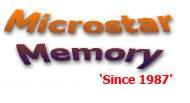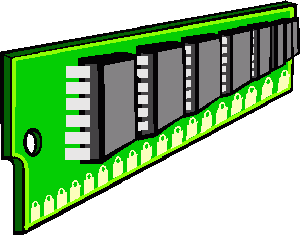
Mon-Fri 10am-6pm EST
Saturday 10am-5pm EST
Closed Sundays
The Magnetic Drum was invented by G. Taushek in 1932 in Austria.
Drum memory was an early form of computer memory that was widely used in the 1950s and into the 1960s. For many machines, a drum formed the main working memory of the machine, with data and programs being loaded on to or off of the drum using media such as paper tape or punch cards. Drums were so common that the machines were often referred to as drum machines. Drums were later replaced by core memory, which was faster and had no moving parts, and which lasted until semiconductor memory entered the scene.
A drum is a large metal cylinder that is coated on the outside surface with a ferromagnetic recording material. It is, simply put, a hard disk platter in the form of a drum rather than a flat disk. A row of read-write heads runs along the long axis of the drum, one for each track.
A key difference between a drum and a disk is that on a drum, the heads do not have to move, or seek, in order to find the track they are looking for. This means that the time to read (or write) any particular piece of data is smaller than it would be on a disk; the controller simply waits for the data to appear under the proper head as the drum turns. The performance of the drum is defined almost entirely by the rotational speed, whereas in a disk, both rotational speed and head movement rates are important.
Performance was still an issue, however, and programmers often took to hand-writing the code onto the drum in a particular fashion in order to reduce the amount of time needed to find the next instruction. They did this by carefully timing how long it would take for a particular instruction to run and the computer to ready itself to read the next instruction, then placing that instruction on the drum so that it was just arriving under the heads at that point in time.

| "Here are the various used ram memory we have in stock." | ||
| 16mb EDO used Ram Memory | 32mb EDO used Ram Memory | 64mb EDO used Ram Memory |
| 32mb Sdram used Ram Memory | 64mb Sdram used Ram Memory | 128mb Sdram used Ram Memory |
| 256mb Sdram used Ram Memory | 512mb Sdram used Ram Memory | 1gig Sdram used Ram Memory |
| 128mb DDR used Ram Memory | 256mb DDR used Ram Memory | 512mb DDR used Ram Memory |
| 128mb Laptop used Ram Memory | 256mb Laptop used Ram Memory | 512mb Laptop used Ram Memory |

